Samanid Dynasty (819–999)
The Samanid Dynasty (819–999 CE) was a Persian dynasty that ruled over a large part of Central Asia and Greater Iran, with its heartland in Transoxiana (modern-day Uzbekistan, Tajikistan, and parts of Turkmenistan). The Samanids played a key role in the resurgence of Persian culture and the development of the Persian language after the Arab conquest of Iran.
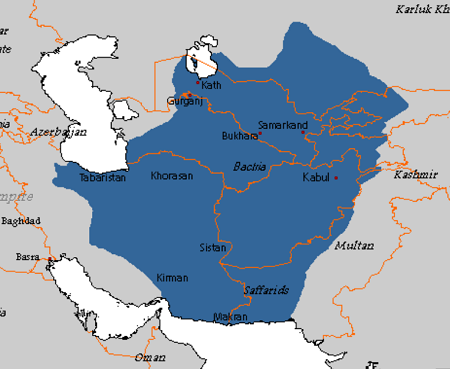
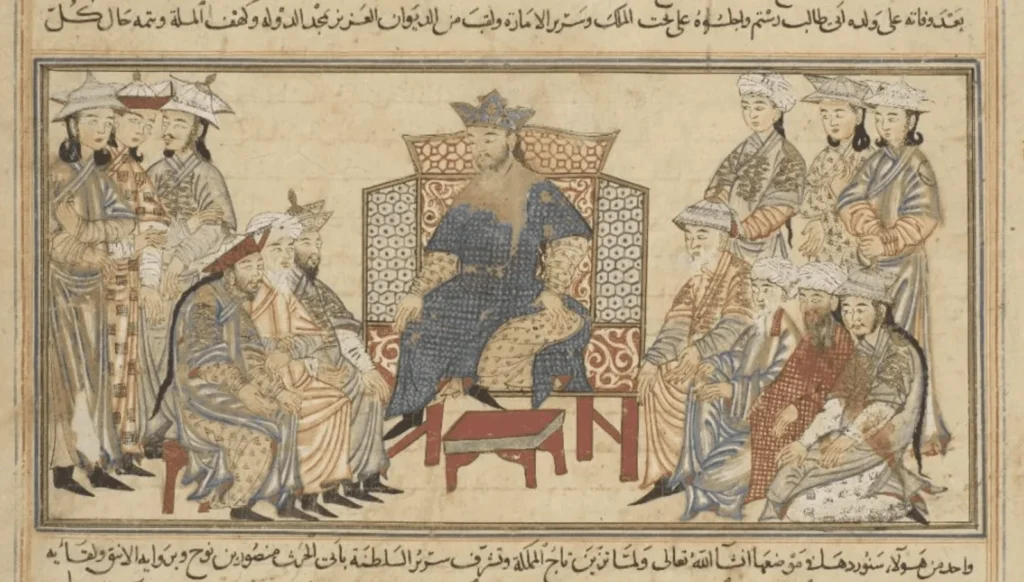
Founding of the Samanid Dynasty
- The Samanid dynasty was founded by Saman Khuda, a nobleman from the Persian region of Balkh (in present-day Afghanistan).
- His descendants, notably Nuh I and Ismail I, expanded their power and established the dynasty as a major force in the region under the Abbasid Caliphate’s loose control.
- The Samanid state was based in Bukhara and Samarkand, two of the most important cities in the Islamic world at the time.

Cultural and Intellectual Golden Age
- The Samanids are often credited with being key figures in the Persian Renaissance, as they promoted Persian culture, language, and literature.
- The Samanid period was a golden age for Persian literature, with great poets such as Rudaki (the first great Persian poet), Ferdowsi (who would later write the Shahnameh), and many others flourishing under their patronage.
- They also supported scholars in various fields, including medicine, astronomy, and philosophy.
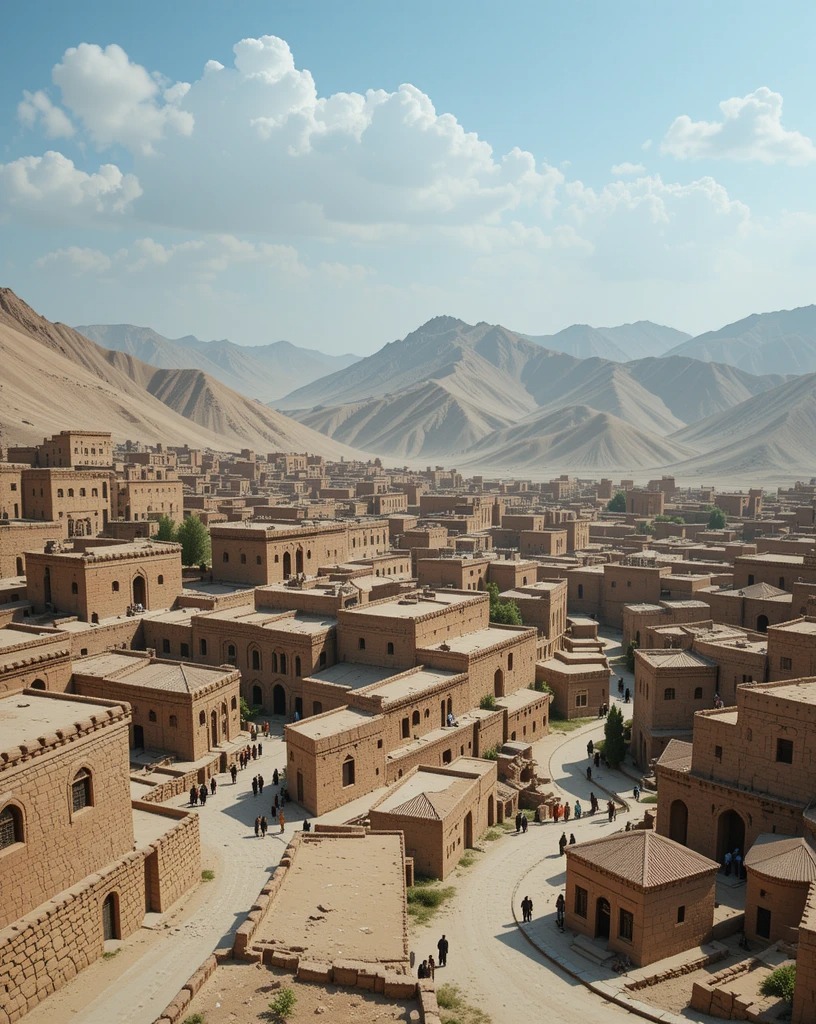
Administration and Economy
- The Samanids revived the Persian administrative system and established a strong central government with a sophisticated bureaucracy.
- The region became an important trade hub, benefiting from its position along the Silk Road.
- The Samanids were known for their religious tolerance, with both Sunni Muslims and Zoroastrians living in their territories.
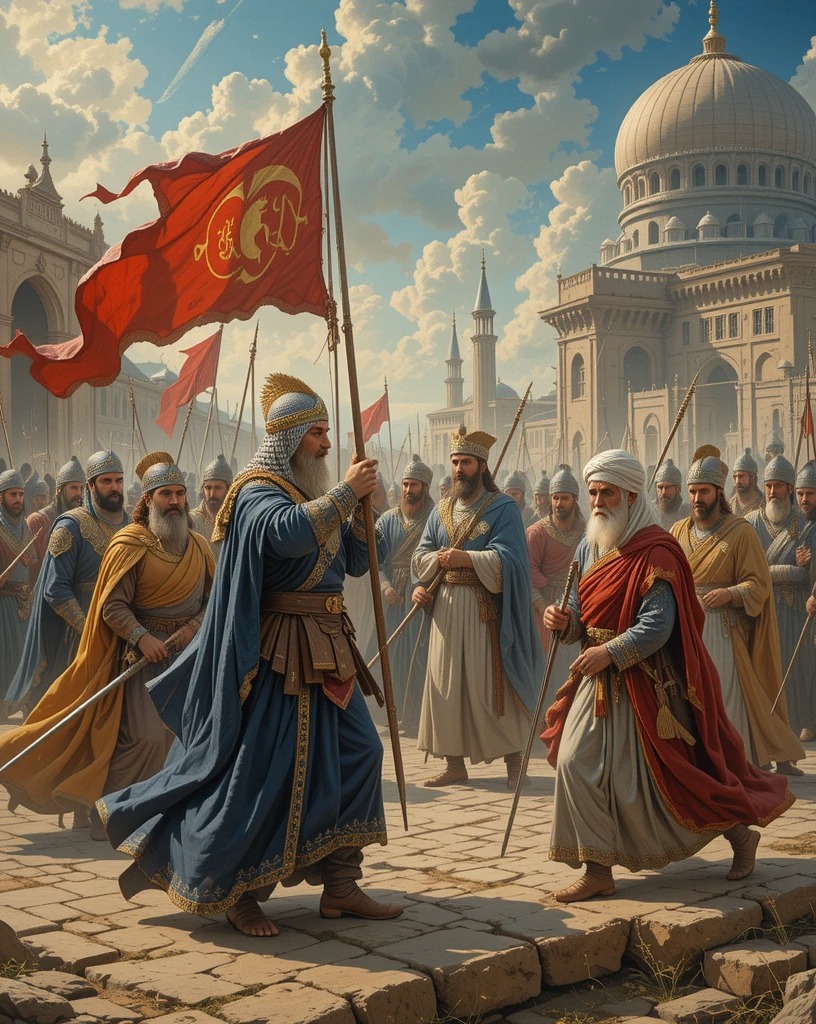
Decline and Fall
- After a period of prosperity and cultural achievements, the Samanid dynasty began to decline in the late 10th century.
- The weakening of central power and internal conflicts, as well as the rise of external threats like the Ghaznavids and Karakhitans, led to the collapse of the Samanid state.
- In 999 CE, the last Samanid ruler, Mahmud of Ghazni, conquered their lands, marking the end of the Samanid dynasty.
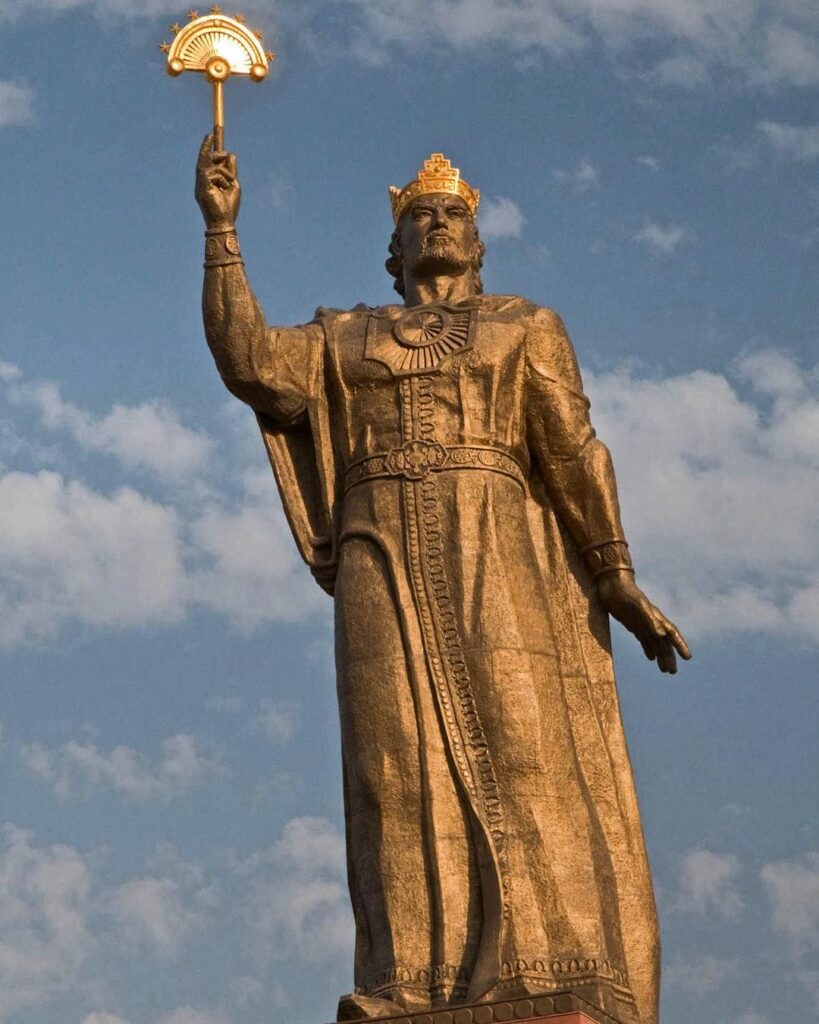
Legacy
- The Samanids are remembered for their vital role in preserving and promoting Persian culture and language during a time of Arab and Turkish dominance.
- Their support of Persian poets and scholars laid the foundation for the Persian literary tradition that continued for centuries.
- The Samanid dynasty also helped establish the region as a center of learning and culture that influenced both the Islamic world and the wider Central Asian region.
